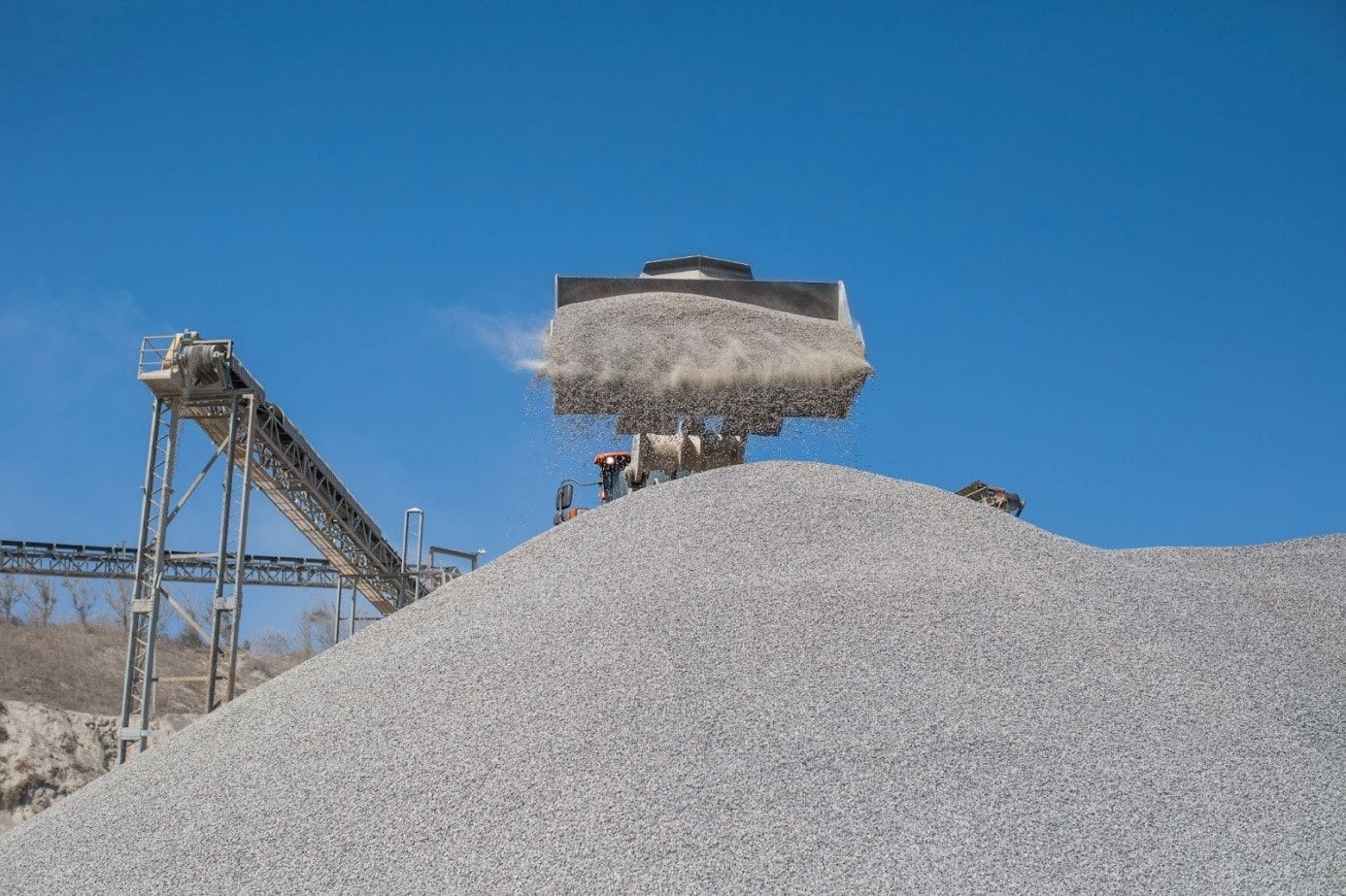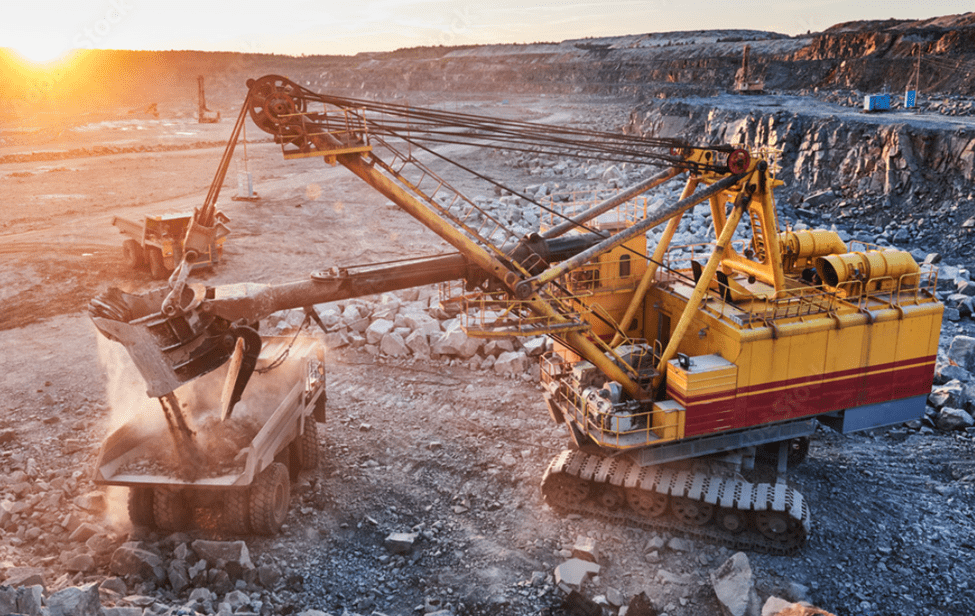The extraction of minerals or other geological resources from our planet is known as mining. Several resources can be recovered thanks to the mining process, including coal, metals, limestone, potash, clay, and much more. In this article we discuss the negative impacts, environmental damage, and sustainable solutions of mining.
What are the negative effects of mining?
Prospecting, exploration, construction, operation, maintenance, expansion, abandonment, decommissioning, and repurposing of a mine can all have negative impacts on social and environmental systems in both direct and indirect ways.
Mine exploration, construction, operation, and maintenance may result in land-use changes, as well as negative environmental effects such as deforestation, erosion, soil pollution and alteration, contamination of surrounding streams and wetlands, and increased noise, dust, and emissions.
Health consequences
Mining is a hazardous occupation. Many miners sustain injuries as a result of their profession. Miners can be struck by falling stones or buried by collapsing mines. Similarly, mining is responsible for a number of fatalities each year. Many miners die each year as a result of mining activities, particularly in poor developing nations with minimal safety requirements.
Long-term health issues, however, are a common problem with mining. Some mining machinery is rather noisy so workers can suffer significant hearing loss if they are not properly protected. Cancer is another concern that can be exacerbated by mining. People who work in mines are particularly vulnerable to lung cancer because they inhale toxic dust and other dangerous gases that are produced as a by-product of the mining process.
Aside from cancer, mine miners frequently suffer from a variety of other lung disorders. Workers who do not wear protective masks or other forms of protection are particularly vulnerable.
Air pollution
Air pollution is also a result of mining. Big equipment is frequently employed in mining to make the process more efficient and to lessen the physical work required by miners. However, these devices release a lot of hazardous pollutants, including greenhouse gases like methane and CO2.
Soil and Water pollution
Mine abandonment, decommissioning, and repurposing can all have serious environmental consequences, including soil and water contamination. Water pollution can also be a result of mining. To dispose of by-products of mining, many mining corporations, particularly in developing countries, place them near rivers or lakes.
However, these by-products, which often contain toxic components, may be carried into rivers, lakes, and the land as a result of rain. As a result, our drinking water can become contaminated. If there is insufficient control regarding the disposal of hazardous by-products, mining can lead to water pollution.
Erosion
Because mining frequently involves extracting metals and other minerals from deep beneath the surface, it can cause major erosion. The soil can become unstable and become so eroded that the land is no longer appropriate for human use, such as housing or farming.
Biodiversity loss
Mining also leads to the extinction of species. Mining activities must be intensified in order to meet the rising demand for natural resources. As a result, many formerly unexplored locations are now being encroached upon for mining objectives. Because many animals and plants lose their natural habitats as a result of this invasion, biodiversity is lost.
Heavy metal contamination
In many nations, mercury or other poisonous chemicals are used to extract commodities such as gold. This extraction technique is frequently carried out without the use of protective equipment such as gloves. As a result, workers can get poisoned and face serious health problems, if not death, in the near future.
Global warming
High machinery that produces large amounts of hazardous gases are routinely utilized in mining. Greenhouse gases like CO2 and methane, which contribute to global warming, are among these gases. Furthermore, because increased mining activities imply increased deforestation, this adds to global warming because trees serve as natural storage areas for greenhouse gases such as CO2.
Solutions for the mining problem
Vegetation and Mulch
Mulch and plants can be used to protect exposed soil from wind and water erosion. This reduces air pollution and health risks. Although this technique is environmentally benign, watering your plants can be a hassle if not properly coordinated, as it can cause erosion. When used appropriately, this method can reduce wind erosion by up to 80%. Hydro-seeding is a popular method of dust control in construction projects.
Reuse and recycle whenever possible
We should also take advantage of what we already have. For example, if you come across items that are still functional but that you no longer use, try to find individuals who value them. You can save money and guarantee that resources are used more efficiently by doing so. Furthermore, if you do not have somebody who wants to utilize your old items, at the very least ensure that they can be recycled effectively. This necessitates adequate waste disposal.
Natural Reserves
Governments must create adequate nature reserves to safeguard animals and plants from human interventions in order to protect the ecosystem from the negative consequences of mining. Nature reserves are essential for the reproduction of animals and plants because they offer and maintain their natural living conditions.
Dust monitoring
Blasting, transporting, grinding, and crushing minerals are the principal sources of dust in the air due to the nature of size reduction and segregation processes. ABCDust provides a dust-monitoring service that uses EPA near-reference PM10-2.5 measurement technologies and solid methodologies to provide a consistent assessment of dust levels in various environmental conditions, levels of mining production (Ton/h), and dust control measures implemented to measure PM10-2.5 dust levels generated by these operations.
Here are some of the characteristics of our dust monitoring solution:
- Multichannel dust levels up to 4,000 mg/m3 were continuously monitored for varied PM 10, 5, 4, 2.5, and 1 particle.
- To describe and quantify mg/m3 dust emissions, gravimetric samples are evaluated.
- Modeling of dust emissions based on various parameters (winds, humidity, production, type of material, etc.).
- Dust-control solutions are suggested (maintenance, dry, fine mist, dust collectors, additives, etc.)
- Improvement solutions are evaluated both before and after deployment.
- Report on emissions prior to and after the measure’s implementation.
- Professional weather stations with a technique that integrates production variables and environmental models to determine and simulate dust emissions in the air are being installed.
Dust Suppression
DMS® high-performance dust suppression additives and soil stabilizers have been coupled by ABC Dust with electronically controlled irrigation equipment, localized dust and road friction monitoring systems, and roughness monitoring systems. As a result, a dust-suppression system unlike any other has been created.
This combination allows us to better optimize our dust suppression and soil stabilization strategies and targets, while also saving our clients time and money. Our products are deployed precisely when and where they are required, resulting in improved productivity, sustainability, and safety.
Dust suppression capacity, enhanced soil stabilization, water conservation, shorter braking distances, and low maintenance costs are all features of DMS products. The following DMS® additives are available to help with dust suppression:
- DMS-DS: Control of dust on mining haul roads. DMS-DS® is a highly effective dust suppressor that can handle up to 600 tonnes of cargo and is ideal for mining routes, haul highways, and high mountains. Effective rate 95-98%.
- DMS-EB: The DMS-EB® is an environmentally friendly adapted additive that traps particle material and improves road and soil stability. Effectiveness 95-99%.
- DMS – DS 80: The DMS-DS 80® is a low-cost dust suppressor and soil stabilizer that is also low in chlorides and environmentally friendly. It grows well in a variety of soil types and produces higher yields in silty, low-water-retention soils. Effectiveness 85-95%
- DMS-TDS: DMS-TDS ® is a non-ionic dust suppressor developed for use on continuous belt lines on loading fronts and/or high-frequency material transport systems.
By adopting ABCDust’s products and services, you can achieve a dust reduction of 95 to 99 percent, potentially saving lives and improving the environment. ABCDust uses your data to continuously optimize your dust suppression program towards saving water and C02 emissions.
Can we repurpose mining sites?
Many former mine sites have been left unproductive and nearly hostile to plant and animal life in some circumstances. However, the harm isn’t always irreversible. Companies can use a variety of land restoration strategies to repurpose mined land or speed up the natural recovery process.
Biosolids, for example, can be used to replace degraded topsoil. If seeded and watered, biosolids-rich soil can develop vegetation capable of preventing additional soil erosion in as little as 12 weeks. It’s feasible to greatly lessen the disruption produced by mining by combining it with other rehabilitative measures, such as the utilization of waste rocks to fill in excavated areas.
How can we make the mining industry more sustainable?
Experts and individuals from within and outside of the mining industry are now urging the industry to take a serious look at how it might reduce its carbon output and environmental impact as industries and governments throughout the world look for methods to reduce carbon production and environmental impact.
Government regulations
Government regulations and restrictions are a crucial precaution against the potential negative consequences of mining on our ecosystem. Authorities must make sure mining is carried out responsibly to protect local communities. This involves worker safety as well as the preservation of local wildlife and vegetation.
Mining activities are already subject to stringent rules in several nations. However, many countries, particularly impoverished developing ones, have inadequate safety regulations. This needs to change in order to offset the negative effects of mining.
Lower-Impact Mining
Traditional mining processes can have a negative influence on the environment, and some of the most used technologies, such as open pit and underground mining, pose the greatest environmental dangers. Modern, energy-efficient, low-impact mining methods, such as in-situ leaching, can help mining companies reduce environmental risk.
Companies can limit surface disturbance at mining sites, reduce soil erosion, and transport less material that needs to be backfilled using many of these strategies. By reducing intervention in this way, you can lessen environmental effects while also saving time when revegetating or rehabilitating a property.
Eco-Friendly Equipment
Mining businesses that seek to lessen their environmental impact can upgrade to more environmentally friendly machinery. Battery-powered mining equipment can often outperform diesel-powered alternatives. Wherever possible, mining operations can reduce the amount of CO2 produced by replacing diesel engines with electric engines. In general, the mining industry is shifting toward electric equipment, with an increasing number of mining businesses offering environmentally friendly solutions.





